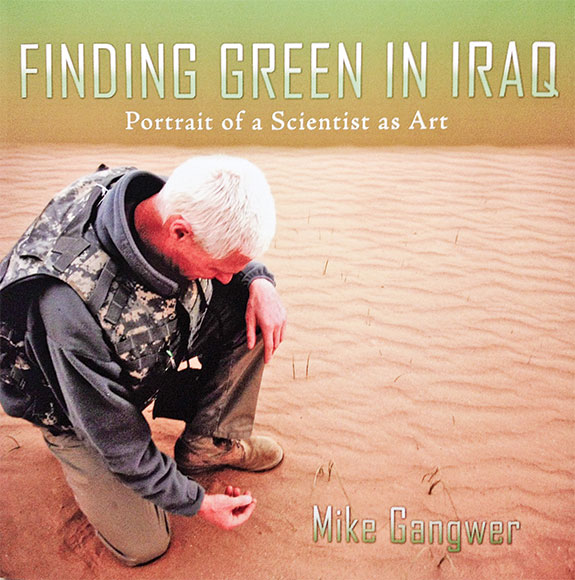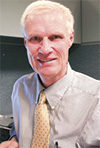I announce the publication of my book. During my 18-month assignment in Iraq, I wrote a number of chapters. I sent them to about 30 people on an email list and many of them wrote asking me to publish them in book format. So I have.

The book is titled Finding Green in Iraq. The publisher, AuthorHouse, published the book nearly a year ago, but I did not implement any kind of a marketing program due to my assignment in South Sudan, Africa. ( Click here to view the website.)
Here is some background information. While in Iraq, I traveled across the entire country and reported my experiences in this column.
But much of my work included hundreds of photographs taken and catalogued on a hard disk. My chapters were largely a collection of photographs and then writing supportive narrative to go with them. The book is 62,000 words and 301 photographs.
The book name comes from a photograph taken in the northern borderland of Iraq and Syria in the desert. We were on a several-day mission and anything green was really hard to find. So finding a green blade of grass was the making of a photograph and, in this case, the title of the book.
The subtitle, Portrait of a Scientist as Art, refers to a recurring theme I use in this column. That good scientists are artists and what we as scientists cannot explain, artists can. Much of the book is an interpretation of a photograph, a story or idea or imagination of something that an artist might write about.
Often the chapters contain a mechanistic view of the photograph, putting it into black-and-white explanation, and some of it is describing the photograph in a way that is imagination. Often, the juxtaposition of what is actually in the photograph is combined with what is not there, as at a deeper level.
Because I wrote the book while on official duty as a U.S. government employee, the entire text and all the photos had to be vetted through the security apparatus of the Defense and State Departments. This took about six months but, essentially, the manuscript was given a complete sign-off as unclassified material.
I pushed the manuscript to four or five publishing firms, but AuthorHouse agreed to publish the manuscript. The editing process took about eight months. My editor was gracious and challenging – she did not like my style of writing.
We had many long discussions about my use of certain words. I am fond of using the word “whilst” and she said no on that. Some entire paragraphs were edited largely because I mixed together science and art without explaining them. So I rewrote most of them but, in the end, the decision of degree of editing was mine. Her job as editor was making the manuscript more readable – thus more sales.
We finished the editing, thankfully, and then the format people used their wizardry to wrap the narrative text around the photographs. I was astonished when I received the first cut and truly these professional formatters really earned my respect.
The publishers liked the title and the cover photograph, so that part went smoothly. The book was assigned an ISBN number and a brief was sent out to the major book marketers in the country. If purchased through the publishing house, the book is about half the cost compared to the price through the large booksellers.
My author’s commission is 5 percent or about $1.25 per book. And the book is printed on demand – a few at a time – so there are no boxes full of them sitting in a warehouse somewhere.
Many authors, and I am in this camp, simply want to publish a book to meet that end. To say we accomplished this goal as a writer. The end goal for me was to finally hold in my hands the published book. I do not know how many hundreds of hours I spent writing it and working with the publishers – but when I held it in my hands, all that did not matter.
I am really pleased with how the book turned out. Thanks to AuthorHouse, another writer has a dream realized in the form of a published book. PD

-
Mike Gangwer
- Agricultural Scientist
- USDA-NRCS
- Email Mike Gangwer




